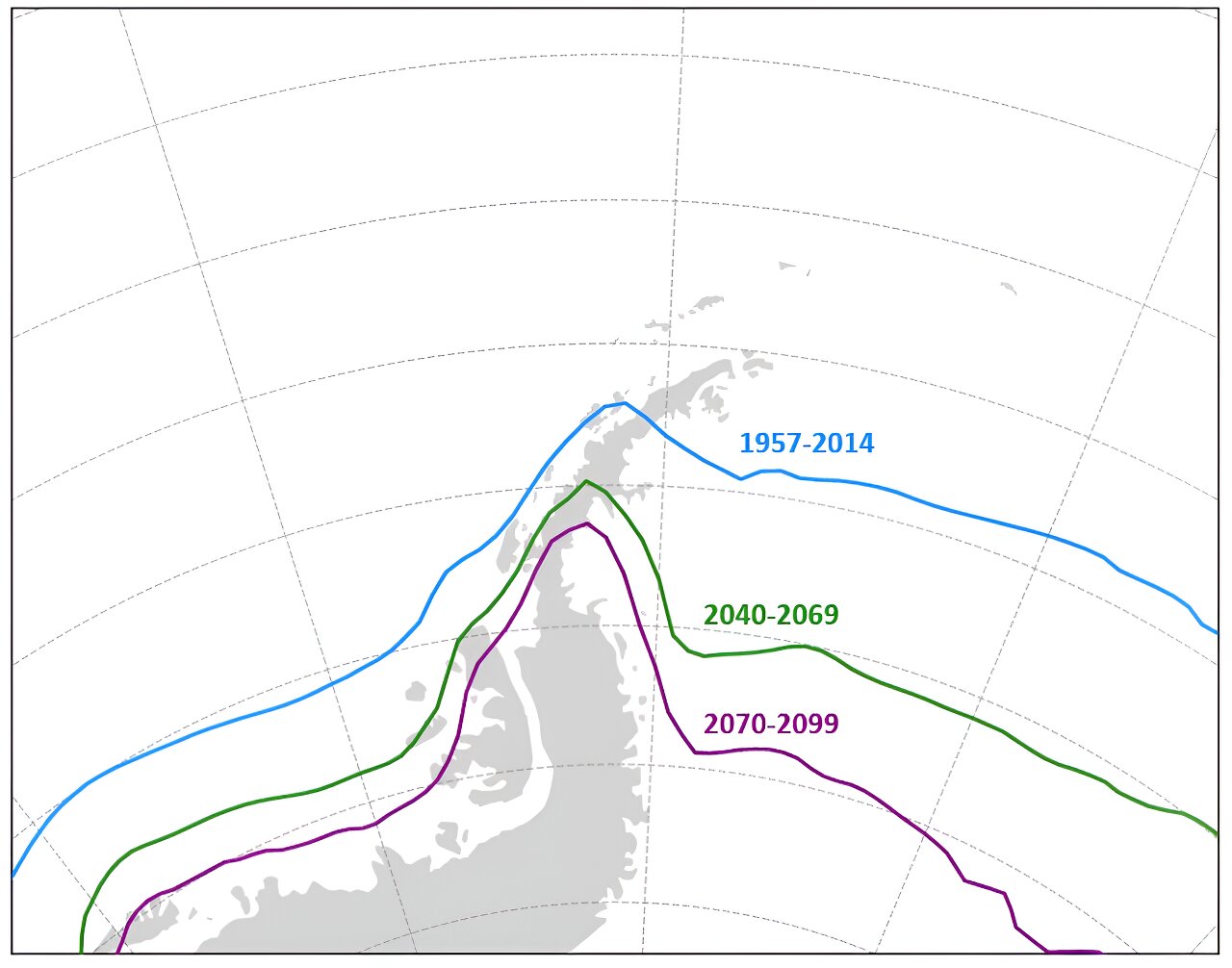
In recent years, Antarctica has experienced a series of unprecedented heat waves. On 6 February 2020, temperatures of 18.3°C were recorded, the highest ever seen on the continent, beating the previous record of 17.5°C which had only been set a few years earlier.
Around February 2022, another strong heat wave in Antarctica led to record-breaking surface ice melt. In March of the same year, East Antarctica saw its strongest ever heat wave, with temperatures soaring to 30°C or 40°C higher than the average in some areas.
Over the last year, we have seen the lowest levels of Antarctic sea ice coverage since records began.
Events in recent years have bordered on the unbelievable, and it is difficult not to link them to climate change. In fact, studies have already emerged that clearly attribute some of these heat waves to global warming: one of our investigations strongly suggests that without the influence of climate change, 2020’s record-breaking temperatures would not have occurred.
In our more recent study, published in February 2024, we adapted this measurement of speed and applied it to the edges of Antarctica. To do this, we tracked the southward migration of the zero-degree isotherm.
The zero-degree isotherm is an imaginary line that encloses the areas that are at zero degrees or lower. Its southward movement means that the area with temperatures below zero Celsius in Antarctica is getting smaller and smaller. Given that water freezes at zero degrees, this movement will have serious consequences for ecosystems and for the cryosphere (areas of the Earth where water is frozen).
Our calculations show that the zero-degree isotherm has moved at a speed of 15.8 km per decade since 1957 in the area surrounding the Antarctic, while on the Antarctic peninsula itself it has moved at 23.9 km per decade. As a result, it now sits more than 100 km south of where it was in the mid 20th century.
These measurements show that the speed of climate change on the edge of Antarctica is four times faster than the average of other ecosystems.